Low voltage (LV) switchgear is essential for safely controlling, protecting, and isolating electrical equipment in power distribution systems.
Used in industries from manufacturing to healthcare and transportation, LV switchgear ensures stable, efficient operations.
When it comes to low voltage switchgear price, there’s no one-size-fits-all number.
Costs can vary widely depending on design, specifications, and features — from basic fixed units to advanced modular systems with smart monitoring capabilities.
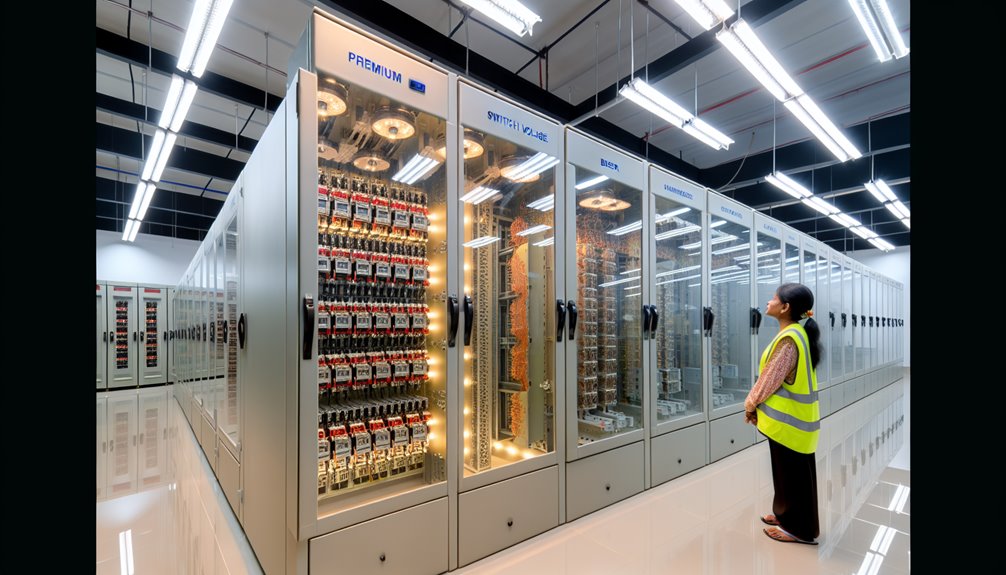
Determining the price of low voltage switchgear requires understanding the key technical and operational factors that drive cost. Accurate budgeting is essential for ensuring your power distribution system is both reliable and cost-effective.
Key factors affecting LV switchgear pricing include:
Insight: Choosing the right configuration and components ensures a balance between initial investment and long-term operational efficiency. By aligning your specifications with your project’s technical and budgetary requirements, you secure maximum value while mitigating future maintenance or upgrade costs.
Pricing varies by switchgear configuration: fixed type is typically lowest upfront but requires full shutdowns for maintenance; withdrawable type costs more due to racking mechanisms yet reduces downtime and improves safety.
Industry benchmarks and vendor catalogs show modular and customized units command premiums for scalability, segregation, and integration of metering or automation.
Buyers should map load criticality, maintenance strategy, and expansion plans to these types to quantify total cost of ownership before selection.
Fixed type LV switchgear uses non-removable circuit breakers and components mounted permanently within the enclosure. This architecture minimizes moving interfaces, lowering purchase cost and improving mechanical reliability.
Fixed switchgear advantages include compact footprints, straightforward interlocking, and reduced parts count. Fixed switchgear applications center on stable loads, such as HVAC distribution, lighting, and small motor groups, where outage windows can be scheduled.
Fixed switchgear installation is direct—hard-bolted devices, rigid bus connections, and clearances verified against fixed switchgear specifications (short-circuit rating, temperature rise, IP rating, SCCR, arc-flash class).
1) Price: typically the most cost‑effective LV option for stable duty.
2) Maintenance: plan de-energized intervals; Fixed switchgear maintenance is periodic and predictive.
3) Reliability: fewer mechanisms, fewer failure points.
4) Action: verify loading profiles, maintenance windows, and specification compliance before procurement.
Withdrawable low-voltage switchgear features plug-in or draw-out breaker modules that can be isolated, tested, or replaced without de-energizing the entire lineup.
This withdrawable design advantage profile suits facilities requiring minimal downtime, enabling rapid module exchanges during live operation. Evidence shows maintenance efficiency benefits through reduced mean time to repair and deferred outages, offsetting higher upfront cost linked to the modular carriage and shutters.
An installation process overview should include rail alignment, racking interlocks, and primary/secondary contact verification with test position checks. A safety features comparison favors shuttered busbars, mechanical key interlocks, and position indicators that reduce human error.
Operational flexibility insights include hot-swapping critical feeders, staged commissioning, and on-line testing.
Actionable uses: hospitals, data centers, and continuous-process plants.
Blueprint-level flexibility defines modular and customized low-voltage switchgear: assemblies are configured to project-specific loads, fault levels, space constraints, and interfaces, with options for smart metering, power quality analytics, and renewable or storage tie-ins.
Modular design benefits include rapid expansion, standardized blocks, and repeatable protection schemes; customized solutions advantages deliver optimized bus ratings, enclosure forms, and environment-specific materials.
Integration capabilities analysis should verify protocols (IEC 61850, Modbus, BACnet), synch with DER controllers, and cybersecurity hardening. Price varies widely with complexity and features; value hinges on lifecycle metrics, not list price.

This product lineup covers MNS low voltage switchgear, GGD low voltage switchgear, modular GCK series, and the GGJ reactive power intelligent compensation device.
For each, key specifications (rated current, short-circuit capacity, form of separation) and compliance standards will be stated to support selection and pricing.
Buyers can use the comparative data to match equipment to load profiles, maintenance regimes, and power factor targets.
Engineered for safety and reliability, the MNS low-voltage withdrawable switchgear is a modular, drawer-type system developed regarding ABB’s MNS series and built to GB7251.1 and IEC60439 standards. It serves three-phase five-wire systems at 50/60 Hz, 400/660V, up to 5000A.
Evidence of MNS switchgear advantages includes mechanical interlocking, reactive power compensation, and flexible drawer configurations proven in power plants, substations, and industrial facilities.
1) MNS durability features: robust busbar systems and compartmentalized drawers mitigate fault propagation and extend lifecycle under heavy duty.
2) MNS energy efficiency: integrated capacitor compensation reduces losses and improves power factor in buildings, airports, and communications centers.
3) MNS installation guidelines: validate short-circuit ratings, clearances, and earthing; align feeders with load profiles.
4) MNS maintenance practices: schedule thermal scans, drawer racking tests, interlock verification, and capacitor health checks.
Price Positioning: Mid-range to premium, reflecting modular design and industrial-grade quality
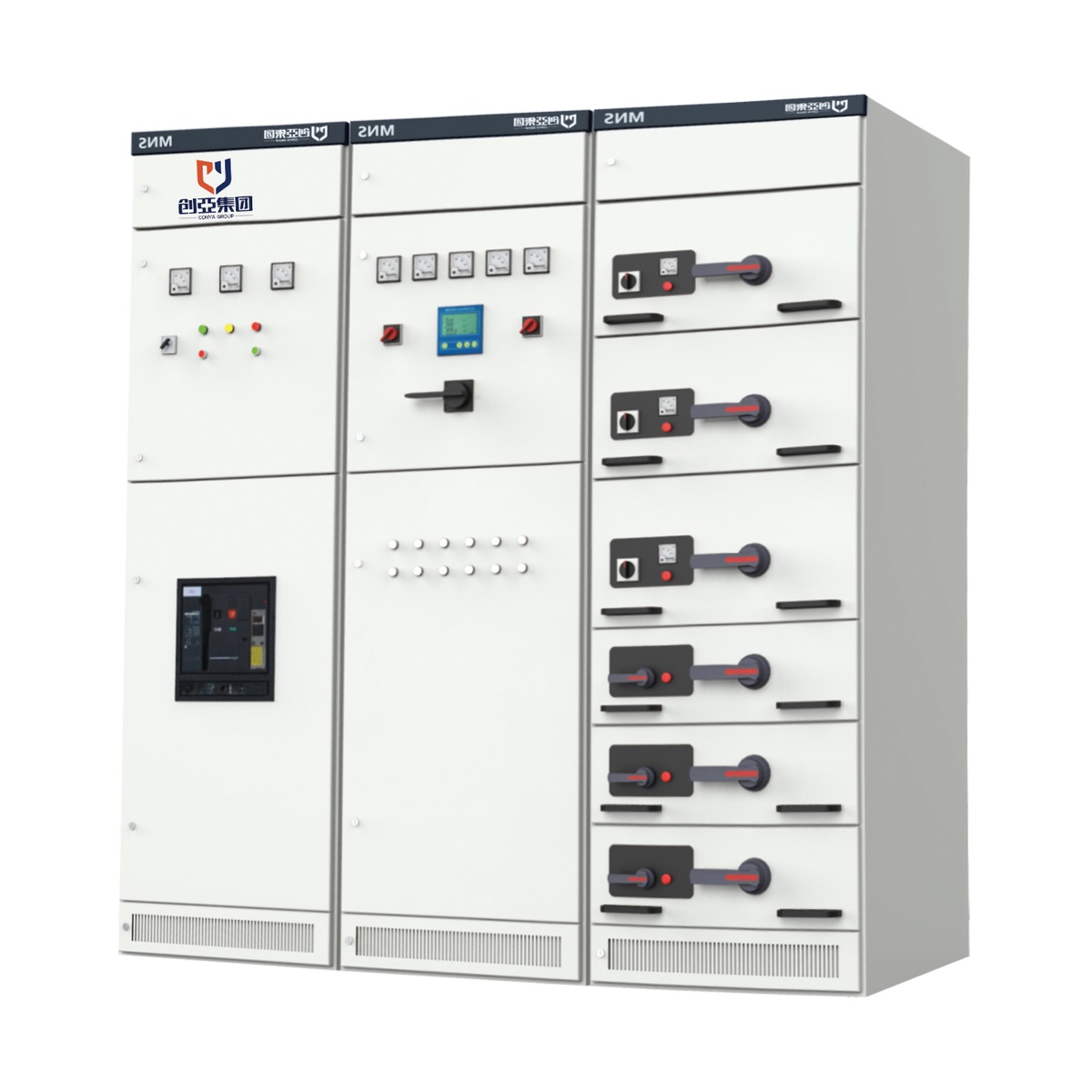
While purpose-built for AC 50 Hz distribution, the GGD low-voltage switchgear offers a practical upgrade path for facilities requiring 380V, up to 5000A, with compliance to IEC439 and GB7251.
It addresses power conversion, distribution, and lighting control across plants, substations, and industrial sites, featuring high breaking capacity, robust dynamic/thermal stability, and flexible schemes.
Key Specs:
Price Positioning: Budget-friendly, providing high value for standard industrial/commercial applications
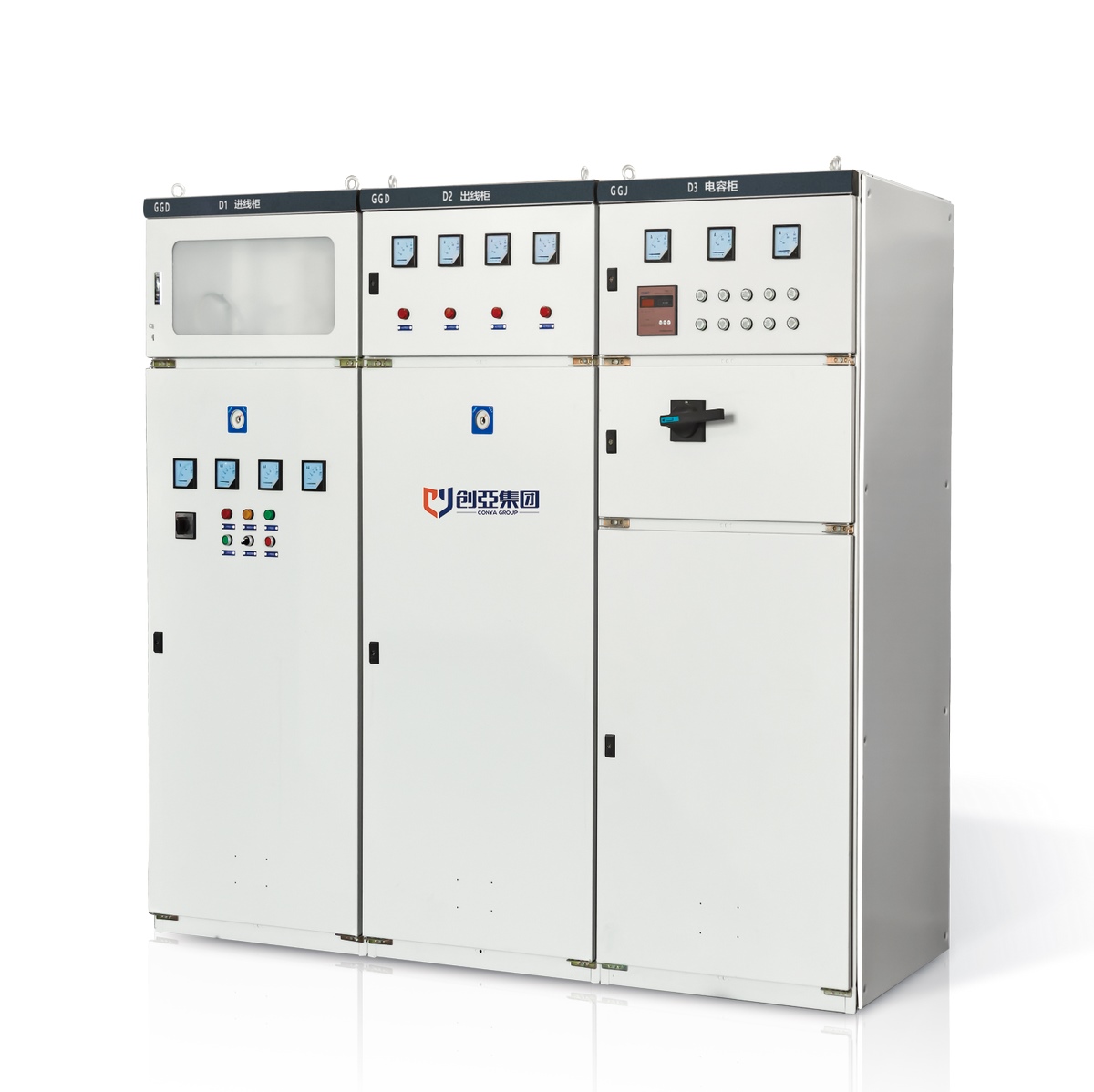
Withdrawable low-voltage switchgear designed for AC three-phase four- or five-wire systems at 380/660 V, 50 Hz, with rated currents up to 5000 A, designed for larger industrial setups, offering modular drawers and predictable performance.
The GCK features modular drawers for motor control centers and feeders, enabling quick isolation, maintenance, and expansion. Extensive type testing under GB7251.1-2005 and IEC60439.1-1992 and CCC certification underpin safety standards and predictable performance.
1) Evidence: documented performance testing verifies temperature rise, dielectric strength, short-circuit withstand, and mechanical endurance.
2) Applications: proven switchgear applications include power plants, metallurgy, petrochemicals, textiles, ports, terminals, buildings, and hotels.
3) Actionable installation guidelines: specify earthing continuity, segregation forms, cable bend radius, and clearance for drawer racking.
4) Reliability levers: select rated Icw/Ipk to match fault levels; define spare feeders for scalability.
Price Positioning: Budget-friendly, providing high value for standard industrial/commercial applications
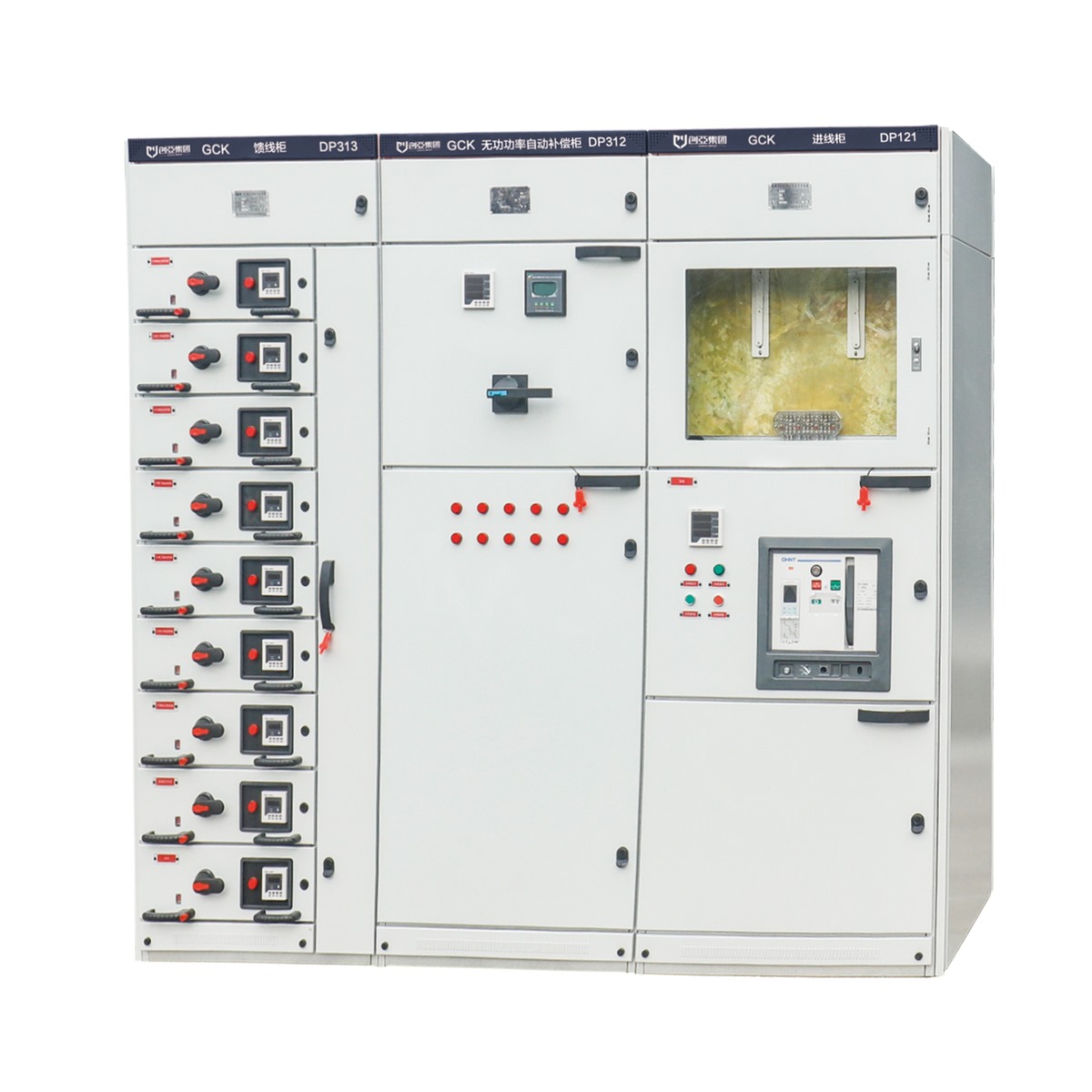
Microcomputer-controlled device for automated reactive power compensation, improving power factor and system efficiency.
Key Specs:
Price Positioning: Premium, reflecting advanced automation and intelligent control capabilities
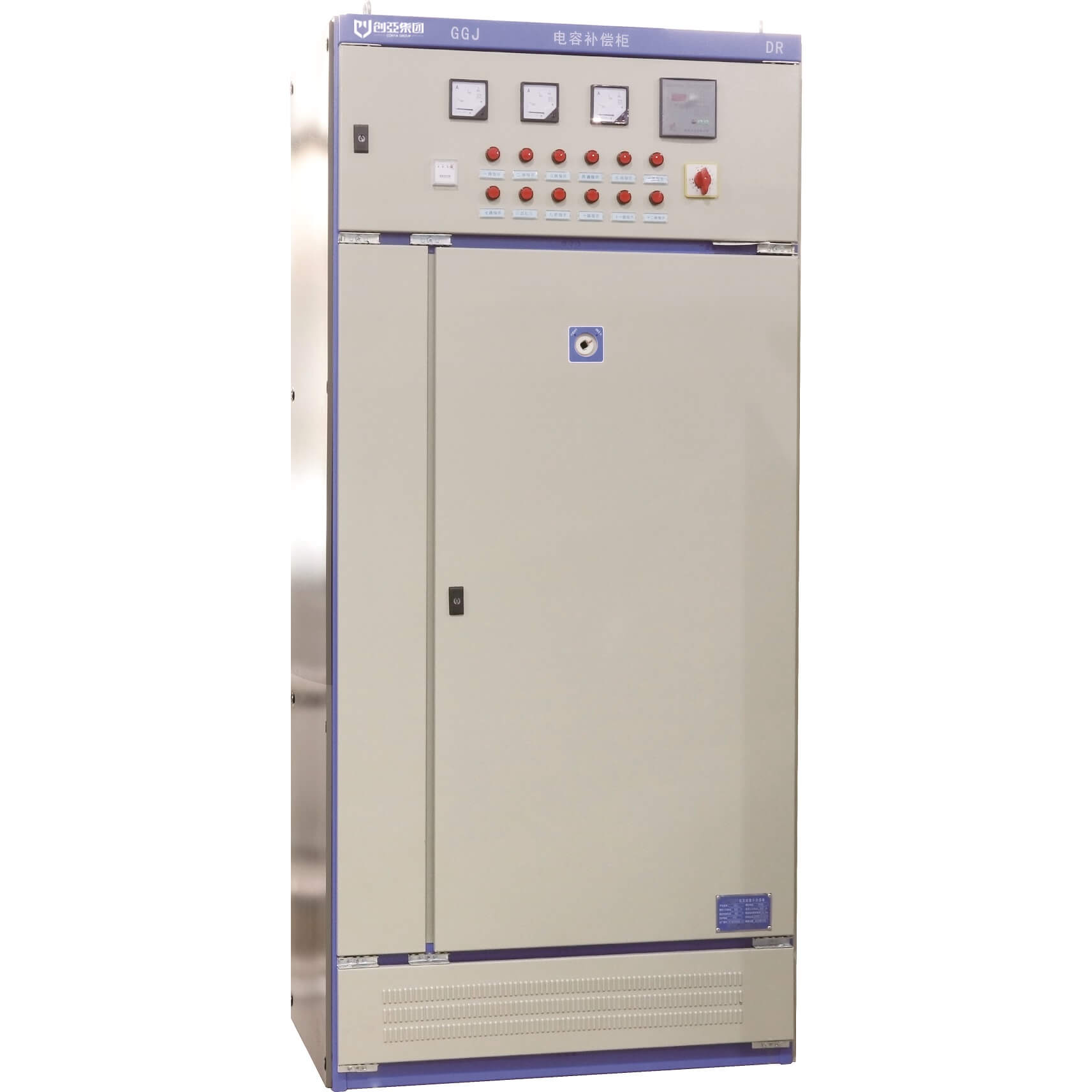
Although price often dominates initial discussions, selecting a low voltage switchgear supplier should prioritize verifiable quality, compliance, and support to lower total cost of ownership.
A disciplined supplier comparison weighs certification importance, build quality, technical support, and lead time efficiency against quoted price to reveal true value.
While price frames early conversations, Conya stands out on verifiable capability: over 30 years in electrical equipment, ISO-certified quality systems, CCC-certified products, and strategic partnerships with ABB, Eaton, and AEG—including authorized assembly status.
These credentials translate into Conya advantages that reduce project risk and lifecycle cost.
For buyers seeking mastery-level execution, the firm offers Custom solutions via one-to-one engineering, covering production, installation, technical support, maintenance, and training—an actionable, end-to-end model.
Its Industry expertise spans rail transit, municipal facilities, building construction, power facilities, and emerging photovoltaic energy storage, enabling precise specification alignment.
Quality assurance is evidenced by standardized processes and vetted components.
Result: faster commissioning, fewer site changes, and predictable compliance.
Measurable Customer satisfaction follows from stable performance, responsive service, and single-vendor accountability.

Conya’s verified capabilities matter most when equipment is put to work, and field results show how low voltage switchgear supports uptime, safety, and efficiency at scale.
In low voltage applications, the firm’s switchgear technology has delivered measurable gains in electrical safety, power reliability, and energy efficiency across critical sectors.
These deployments confirm durable, cost-aware performance.
Lead times extend and supply chain disruptions intensify price volatility through component shortages and shipping delays. Manufacturer responses include dual-sourcing, safety stock, and indexed contracts. Practitioners should model scenario-based costs, lock critical allocations early, and negotiate flexible delivery windows to mitigate exposures.
Coincidentally aligning with procurement cycles, experts note financing options include bank loans, vendor leasing agreements, and operating leases; disciplined budget considerations require structured payment plans, transparent interest rates, residual analyses, and covenants, enabling lifecycle alignment, cash-flow smoothing, and performance-based buyout triggers with measurable ROI.
They measurably lower total cost of ownership by reducing failures and downtime. Maintenance contract benefits include cost reduction strategies, optimized service frequency impact, documented emergency response plans, predictable budgeting, and verifiable long term savings through condition monitoring, parts coverage, performance KPIs, and audit-ready records.
Yes. Consider a door opening—many jurisdictional government programs offer tax credits and rebates for energy-efficient switchgear, contingent on eligibility criteria. Evidence shows energy savings and sustainable practices qualify; practitioners should verify local statutes, utility incentives, and certification requirements before procurement.
Warranty coverage varies by manufacturer reputation and model specifications: warranty duration, parts/labor scope, and service agreements differ, with coverage limitations on wear, misuse, and firmware. Buyers should demand written terms, failure-rate data, on-site response SLAs, and extended-coverage pricing.
To summarize, the article distills LV switchgear pricing into actionable factors—type, ratings, quality, automation, and lifecycle costs—so buyers can benchmark transparently. Importantly, lifecycle analyses show operations and maintenance can represent 600% of total ownership cost, outweighing initial purchase. Consequently, selecting fixed versus withdrawable designs, specifying premium components strategically, and planning for energy-efficient auxiliaries are practical levers. Readers are encouraged to solicit itemized quotes, compare standardized configurations, and require documented efficiency and maintenance intervals to substantiate value.